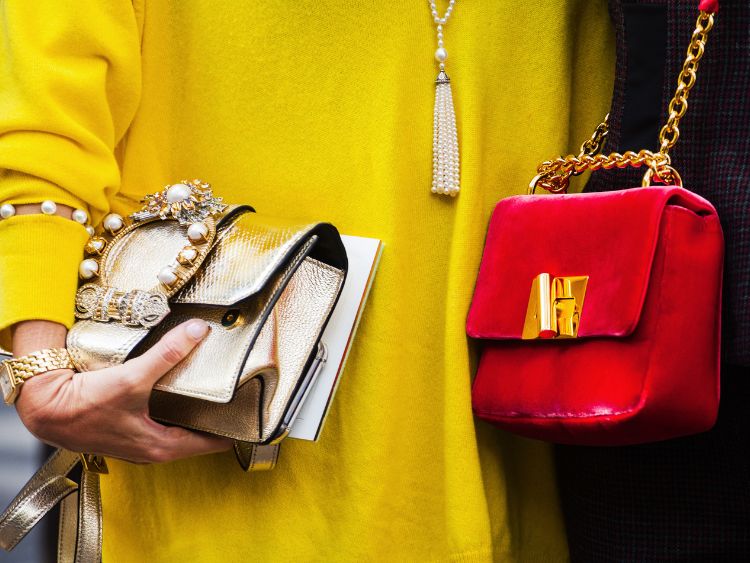The 1920s, often dubbed the “Roaring Twenties,” marked a period of significant social and cultural change. For men, this decade was not just about flappers and jazz; it heralded a transformation in fashion that mirrored the era’s exuberance and liberation. In this article, we’ll dive into the world of 1920s men’s fashion, exploring its distinctive styles, key garments, and the influences that shaped this vibrant decade.
A New Era of Style
The Cultural Context
As the world emerged from World War I, society began to embrace modernity, and fashion reflected this shift. The 1920s witnessed the rise of the middle class, greater accessibility to fashion, and the influence of cinema and celebrities. Men sought to express their individuality and break away from the conservative styles of the previous decade.
The Essence of 1920s Men’s Fashion
The hallmark of 1920s men’s fashion lay in its elegance and sophistication, blending comfort with a sense of flair. Key elements included:
- Suits: Tailored suits became the cornerstone of men’s fashion. Whether for business or leisure, the suit epitomized sophistication. Fabrics ranged from tweed to lightweight wool, allowing for both comfort and style.
- Shirts: Dress shirts featured high collars and were often complemented by ties or bowties. Patterns like stripes and checks added a touch of personality.
- Accessories: Men embraced accessories such as pocket squares, cufflinks, and hats. Fedoras, flat caps, and straw boater hats adorned many heads, completing the polished look.
Key Garments of the 1920s
The Classic Suit
The quintessential 1920s suit featured a broad lapel and a fitted silhouette. The three-piece suit—comprising a jacket, trousers, and waistcoat—allowed men to showcase their style while remaining appropriately dressed for various occasions.
Key Features:
- Fabrics: Wool, tweed, and linen were popular choices, with patterns such as houndstooth and checks coming into vogue.
- Colors: Earthy tones like browns, greys, and blues dominated, though brighter shades emerged for more casual settings.
Casual Wear: The Knickerbocker
Knickerbockers, or “knickers,” became a popular casual choice for men during the 1920s. These knee-length trousers provided a relaxed yet stylish alternative to traditional pants.
Key Features:
- Comfort: Knickers allowed for ease of movement, making them perfect for sports and leisure activities.
- Styling: Often paired with knee-length socks and caps, they offered a distinctive look that was both playful and fashionable.
The Perfect Overcoat
As the weather turned chilly, men turned to stylish overcoats to layer over their suits. The overcoat not only served a practical purpose but also added an element of sophistication to any outfit.
Key Features:
- Styles: Popular styles included the Chesterfield and the Ulster coat, both known for their elegance and warmth.
- Fabrics: Wool and cashmere were favored materials, ensuring both durability and comfort.
Footwear: From Oxfords to Brogues
Shoes played a crucial role in completing the 1920s men’s look. Oxfords and brogues emerged as the go-to choices for the modern man.
Oxfords
These classic lace-up shoes provided a sleek appearance, making them ideal for formal occasions.
Brogues
Characterized by decorative perforations, brogues offered a more relaxed option, suitable for both casual and formal wear.
Accessories That Defined the Decade
Hats
Hats became an essential part of men’s fashion in the 1920s, with styles like the fedora and bowler gaining popularity.
- Fedora: A soft felt hat with a wide brim, the fedora epitomized sophistication and was often worn tilted to one side.
- Bowler: Known for its hard felt and rounded crown, the bowler hat became synonymous with the dapper gentleman.
Ties and Bowties
Ties transitioned from plain to patterned, with bold colors and designs making a statement. Bowties, often worn for formal events, added a playful touch to men’s outfits.
The Influence of Hollywood
The rise of cinema in the 1920s significantly influenced fashion trends. Actors like Charlie Chaplin and Douglas Fairbanks showcased styles that captivated the masses.
- Iconic Styles: The silver screen introduced audiences to tailored suits, stylish hats, and suave looks that men aspired to emulate.
- Advertising: Fashion magazines and advertisements highlighted these trends, making it easier for men to access the latest styles.
FAQs About 1920s Men’s Fashion
What were the most popular fabrics in 1920s men’s fashion?
The most popular fabrics included wool, tweed, linen, and cotton, offering a blend of comfort and style.
How did men’s fashion change from the 1910s to the 1920s?
Men’s fashion shifted from conservative and utilitarian styles to more relaxed, tailored looks that embraced individuality and modernity.
What accessories were essential for men in the 1920s?
Key accessories included hats (like fedoras and bowlers), ties and bowties, pocket squares, and cufflinks, all contributing to a polished appearance.
Were there specific styles for different occasions?
Yes, men’s fashion in the 1920s included formal suits for business and events, casual wear like knickers for leisure, and stylish overcoats for colder weather.
Conclusion
The 1920s marked a significant turning point in men’s fashion, characterized by elegance, individuality, and a break from tradition. This decade’s styles continue to influence modern fashion, reminding us of a time when men took pride in their appearance and embraced the joy of dressing well. Whether it’s the tailored suits, casual knickers, or iconic accessories, the essence of 1920s men’s fashion remains a symbol of sophistication and style that still resonates today.
Authoritative Links
- https://www.fashionhistory.com/1920s-menswear
- https://www.vogue.com/article/1920s-fashion-men
- https://www.menswearstyle.co.uk/2021/05/18/1920s-mens-fashion-style-guide/10012
- https://www.bbc.com/culture/article/20191115-how-the-1920s-changed-fashion-forever
- https://www.thegoodmanproject.com/1920s-fashion-guide-for-men/
